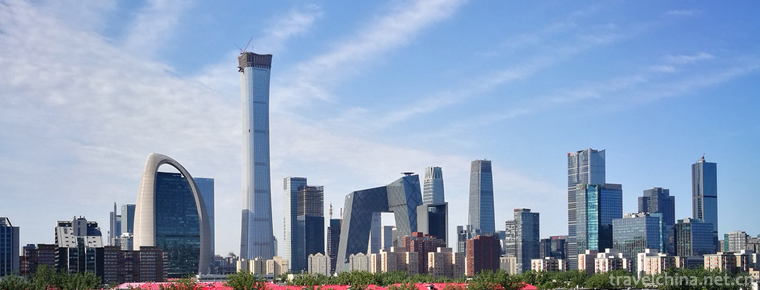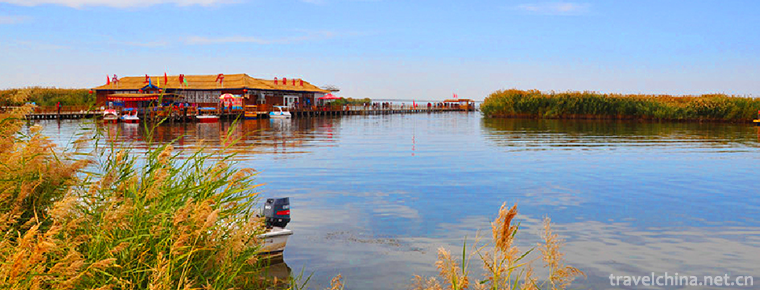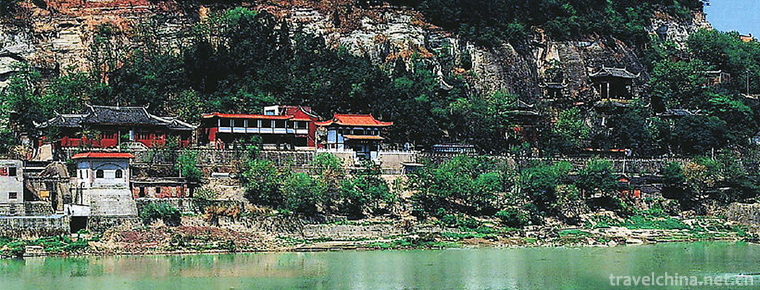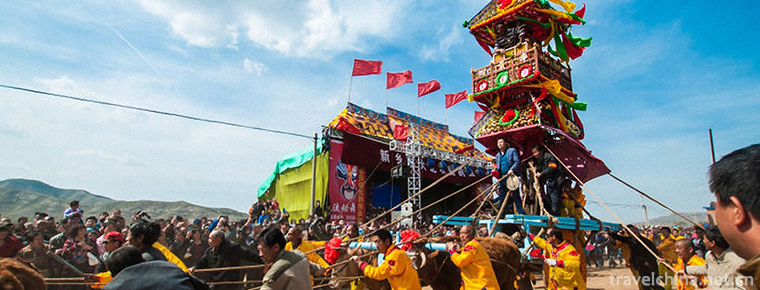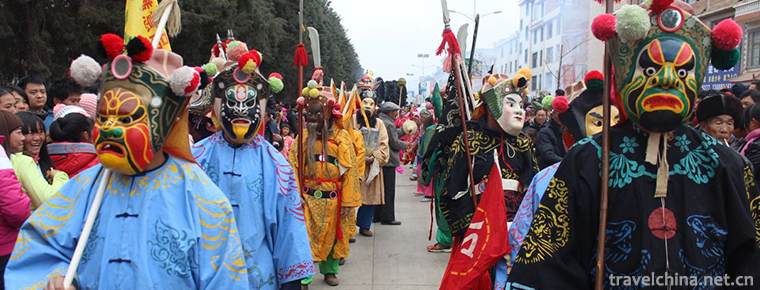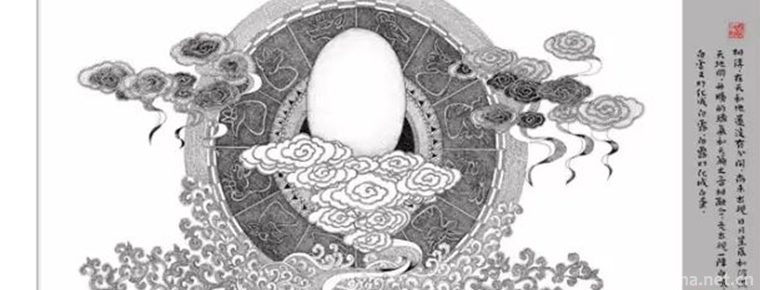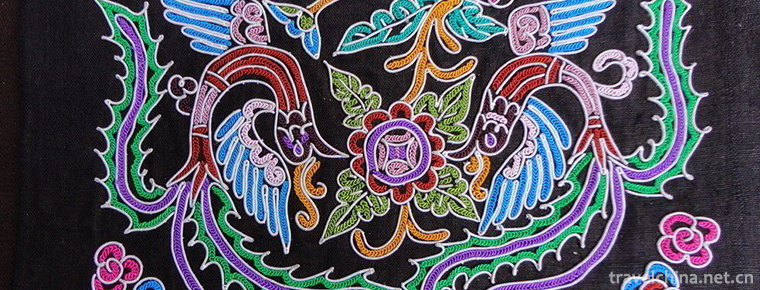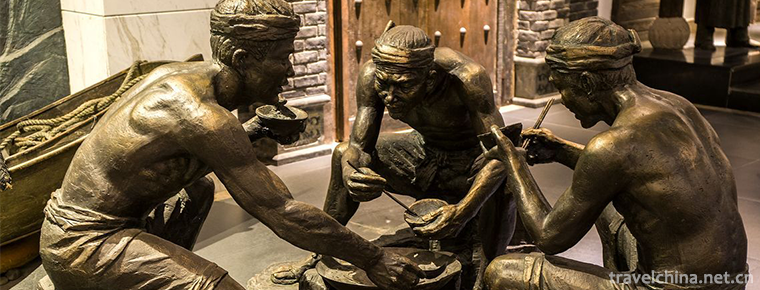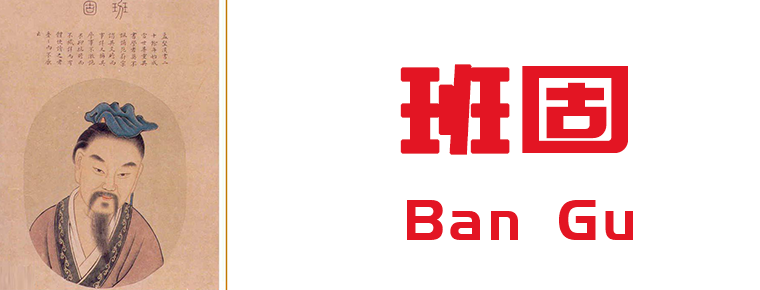Mongolian Boke
Mongolian Boke
Boke is one of Mongolian traditional sports and recreational activities. People on the grassland call Mongolian wrestling "Boke" (strong, united and lasting meaning of Mongolian). It is the first of the three major Mongolian sports (wrestling, horse racing and archery). Whether it is offering sacrifices to Aobao or Kainadamu, "Pork" is an indispensable theme.
In 2006, Mongolian Boke was listed in the first national intangible cultural heritage list by the State Council.
Meaning
"Boke" is Mongolian, meaning wrestling. It is one of Mongolian "three arts for men" and belongs to Mongolian traditional sports. Pork - Mongolian, is a strong meaning, "can't break, can't break, lasting and eternal". It is by no means a simple sport, but it is indeed the crystallization of the advanced Mongolian culture which established the world-famous Great Yuan Empire in China in the 13th century.
Tracing to the source
Boke has a history of nearly two thousand years. It began to prevail in the early Western Han Dynasty. It was widely developed in the Yuan Dynasty and developed unprecedentedly in the Qing Dynasty. All parts of Inner Mongolia Autonomous Region, especially Xilingol League, Tongliao City, Hulunbeier City, Bayannaoer City, Ordos City, Alashan League and other places have their own figures.
Wuzhumuqin grassland is the cradle of Mongolian Boke. In order to carry forward the sport of poker, the Wrestling Association was established in 1984 in Dongwuzhumuqin Banner, which designates June 10 as "poker festival" every summer. In 2003, the State Administration of Sports merged the sport of poker with Chinese style wrestling and formally entered the national wrestling championship.
Boke has a long history. In the long process of development, it has become an advanced sport in line with modern civilization by self-reflection, self-innovation and keeping pace with the times. The historical development and rule evolution of Boke can be roughly divided into four stages: the most barbarous, barbarous, civilized and modern civilization; the barbaric clan society, in order to survive, human beings developed Boke in the struggle with wild animals and the like, at that time taking "life and death" as the winning standard; the second stage (the rise of Mongolian in the 13th century) and the third stage (the establishment of the Yuan Dynasty), Boke movement began to be used in politics. Governance, military affairs and economic and cultural entertainment, the standard of victory and defeat has gradually evolved from "life and death" to "shoulder to shoulder" and "trunk to ground". With the progress of human society, the standard of victory and defeat has changed qualitatively, and any part above the knee joint "touching the ground" is negative; that is, "until the point", the winner will never make a second effort.
Since ancient times, the Mongolian people have been famous for their ability to ride, shoot and be strong. The History of the Yuan Dynasty says, "The Square from the Yuan Dynasty is vulgar and good at riding and shooting." After the establishment of the Yuan Dynasty, in order to consolidate the rule, the rulers clearly stipulated that Mongolian men must possess three skills: horse racing, wrestling and archery, which are Mongolian "three skills for men". Wrestling - wrestling, Mongolian for "Boke", is the Mongolian long-term, China's sports meet wrestling medals, mostly for Mongolian athletes. Mongolian wrestling has a long history. There are wrestling patterns on the bronze medals unearthed from the early Han Dynasty in Xi'an. The style of wrestling is very similar to that of today's Mongolian wrestling, and the patterns are set off by trees and horses. Textual research should be an important clue to Mongolian wrestling history. Mongolian wrestling, initially with a prominent military sports nature, is mainly used to exercise physical strength, perseverance, skills and so on. The emperors of the Yuan Dynasty advocated wrestling very much. Every time an important banquet was held, wrestlers were encouraged to participate in sports, and wrestling was regarded as an important part of the samurai selection, just like the samurai in the past dynasties of the Central Plains. At that time, the best wrestlers could get great honors.
Rule
Form of competition
The form of the game of poker is simple and solemn. According to Mongolian tradition, contestants wear "Zhuo De Ge" made of cowhide or canvas (tight half-sleeve shoulder), bare arm cover, edge of "Zhuo De Ge" with copper nails or silver nails, in the middle of the back with circular silver mirror or "auspicious" type words, waist with red, blue and yellow silk "Ce Ri Buge" (apron), wearing a thick "Banze" made of 32 feet or 16 feet white cloth. "Le" (trousers), "Banzel" jacket a pants embroidered with various animal or flower patterns, pedal Mongolian boots or horse boots. The winner's neck is matched with a five-color silk "Jiangga" (necklace). It is a symbol of how many times a pucker wins. The more times a pucker wins, the more five-color silk strips on "Jiangga".
The poker competition begins with the melodious and passionate "Uzhiya" hymn. There is no special requirement for the venue. It can be held on a flat grassland or soil surface. The players entered the arena waving their strong arms and imitating the postures of lions, deer and eagles. The rules of the competition are simple and clear, unlimited time, participants do not weigh, any part above the knee landing is negative. Puck requires players to coordinate waist and leg movements and fully display their strength and skills in the confrontation.
clothing
When competing, wrestlers should wear special wrestling clothes: short-sleeved vest made of cowhide or canvas, which is kindly called "Shaoge" by Mongolians. The top is studded with silver "big pins" and in the middle of the back is the "auspicious" type. The back cover is made of red, yellow and blue cloth shawls. Dressed in plump wrestling pants, a pair of pants embroidered with animal and flower patterns, and Mongolian boots. As soon as this "wardrobe" appeared, it "shocked" all the audience present. When the two sides meet each other, they should sing a challenge song and then dance a lion dance, which is quite powerful. After the referee issued the order, the two sides shook hands and saluted each other, using the skills of throwing, pulling, throwing and tripping to win. Competition requires that no legs should be hugged, no dangerous movements should be performed, and landing on any part above the knee except the sole of the foot is a failure. Unlike other national wrestling, poker is not restricted by age, weight or time.
Technological process
According to the traditional Mongolian custom, a respected elder should be selected to preside over the arrangement before the competition. According to the situation of the contestants, the number of them is 32 or 64, and the number of them is 512 or 1024. There can be no odd number. The competition adopts the single elimination type, wins or loses by one fall, and the first person who touches the ground above the knee is the loser. There is no limit to time and weight. Wrestlers have special clothes. They are called "Zhuodege" in Mongolian. A tight half-sleeve vest made of cowhide or canvas with silver nails or steel nails; an apron made of red, blue and yellow silk at the waist (called "Heliberg" in Mongolian). Wear large wrestling trousers specially made of 5 or 10 meters white cloth, and a set of mattresses printed with pattern on the outside, so as not to sweat and stain clothes, and to prevent injury accidents. Mongolian boots or horse boots. In addition, the neck should be tied with a five-color silk ribbon made of a collar-like "Zhangga", "Zhangga" logo to achieve the ranking, the more winning times, the more colored stripes. Competitors should sing wrestling songs and dance hawk steps before they enter the arena. Wrestling songs are also called marching songs, which are vigorous and high-spirited. The lyrics are: "Come on, fearless athletes, wrestling for the sake of health. It's time to test our will and compete our strength! "Hawk-step dancing is high and pleasant. It is not only a preparatory action before the competition, but also a feat of grandeur and prestige. After the referee gave the order, the two sides shook hands and saluted, then began to confront each other. At the "Nada Curtain" conference, hundreds of thousands of contestants competed for tigers, twisting and circling, which was magnificent. Every wrestler who participates in "Nada Curtain" has a prize. Historically, the large-scale wrestling champion Nadamura has won nine kinds of 81 prizes, which has made him famous and glorious.
Contestants
Puck's popularity is reflected in the requirement of qualifications for participants, regardless of age, status, nationality, region and sports experience, as long as the registration is completed before the end of the competition, and before the rules, everyone is equal. It is said that once upon a time, beggars who passed by other countries had to take part in wrestling, and they were never left out. If he happens to meet Wang Ye's wrestlers, and Wang Ye's wrestlers dislike him and disdain him, they will declare beggars winners as usual.
In formal competitions, the number of athletes coming off the field is usually at least 64, up to 1024. In the direct confrontational sports, such a spectacular grand scene is unique. Players pedal horse boots, wear leather nails and cross-dress, jump into the arena in the song, each like the warriors of Basdak, leaving a powerful and memorable image.
Bok champion
On August 1, 2004, 2048 grassland poker players challenged the Guinness World Records in Xiuzhumuqin Banner, Xilingol League, Inner Mongolia. Meanwhile, after five days of fierce competition, Mi Suyala, Baqi Sumubok player in Xiuzhumuqin Banner, Inner Mongolia, won the men's championship.
Judge
In competition, the lower limbs of athletes can use kicking and tripping movements, but only below the knee joint. The upper limbs can use any push-pull, embrace and knead movements, but only above the buttocks, any part above the ankle will be judged to be lost.
Pork has strong antagonism and competitiveness. In wrestling arena, the four eyes are not allowed to divide, even the siblings are no exception. If you intentionally lose, you will be regarded as dishonest and uncomfortable. As soon as one side falls to the ground, they all take the initiative to support the other side. Then they discuss their skills together and encourage each other in a friendly way, brimming with the good friendship and cooperation between people. There are seldom unpleasant scenes because of the victory or defeat in the intersection. If a wrestler bullies the weak with strength and uses excessive wrestling when he has won, he will be disdained by everyone.
Prize
Everyone who enters the competition will receive a prize. Traditionally, the first contestant will receive a white-haired camel, followed by a horse, a cow, a sheep, a pair of boots and so on. In wrestling competitions, one horse is often awarded the first prize, and one bull is awarded the second prize.
Inheritance significance
From beginning to end, Boke strives to establish solidarity, friendship and harmonious and equal relationship among people: for human body, Boke pursues immense strength and fitness; for social life, Boke pursues the good relationship of mutual respect and love, peace and unity, harmony and friendship, lasting and eternal equality and infinite fraternity. This cultural connotation runs through the whole development process of Pork. Puck movement embodies a thorough understanding of life, extraordinary and free.
The connotation of Boke is very rich, covering all aspects of Mongolian politics, economy, culture, military affairs and philosophy. It is not only a symbol of courage and strength, but also a crystallization of wisdom and wisdom. Boke has always advocated equality for all, no fear of violence, no bullying the weak, and the emphasis is on participation. Through participation, communication, struggle and competition, it can eliminate barriers, forget hatred and promote friendship. Strengthen unity and ultimately achieve the goal of joy and joy for all.
Mr. Liu Depei, a famous sports sociologist, Executive Committee of the World Society of Sports Sociology and professor of the PLA Institute of Sports, pointed out that "there are as many nationalities as there are wrestling in the world." Among them, the competition consciousness of Mongolian Boke conforms to the competition consciousness of the Olympic Movement, and maintains strong national characteristics. It combines with people's daily production and labor, and is very close to the three characteristics of life. "Pork is a Chinese national sport with profound philosophy and rich national culture. It is the glory of our whole nation to introduce such an excellent national sport to the international sports family.


-
Ming Ming Dynasty Tombs Scenic Area
Ming Tombs, World Cultural Heritage, National Key Cultural Relics Protection Units, National Key Scenic Spots, National AAAAA Tourist Scenic Spots..
Views: 192 Time 2018-11-24 -
Linhe Yellow River National Wetland Park Inner Mongolia
Inner Mongolia Linhe Yellow River National Wetland Park is located in Linhe District, Bayannaoer City, Inner Mongolia Autonomous Region, with a total area of 4637.6 hectares. The functional zoning map.
Views: 163 Time 2018-12-26 -
Huangze Temple
Huangze Temple is the only sacrificial temple for Empress Wu Zetian in China. It is located on the West Jialing River in Guangyuan City, Sichuan Province. In 1961, it was announced .
Views: 148 Time 2019-01-18 -
Four Scenic Car Race
Duyuan Sijing Car Race is a folk activity in Pingshun County, Shanxi Province. In May 2011, Pingshun County, Shanxi Province declared the "Four Scenic Car Race .
Views: 349 Time 2019-04-28 -
Guan Suo Opera
Guansuo Opera is a kind of local opera, which belongs to the ancient Nuo Opera. It is only found in Xiaotun Village, Yangzong Town, Chengjiang County, Yunnan Province. .
Views: 159 Time 2019-05-01 -
Black On White
The Black-and-White War is a comic book about the Naxi epic Black-and-White War, which consists of seven chapters..
Views: 347 Time 2019-05-03 -
Aquatic horsetail embroidery
Horsetail embroidery is a special embroidery technique inherited from generation to generation by Chinese aquarium women, which is the oldest and most national characteristic. It takes horse tail as a.
Views: 130 Time 2019-06-16 -
Copper Carving Skills
Hangzhou bronze sculpture is the continuation of ancient bronze manufacture. It developed greatly in Wuyue and Southern Song Dynasty. After Tongzhi in Qing Dynasty, Hangzhou bronze sculpture represent.
Views: 160 Time 2019-06-21 -
Ban Gu
Ban Gu (32 - 92 years), Meng Jian, Fufeng An Ling (now Shaanxi Xianyang Northeast China, famous in Eastern Han Dynasty historian , Litterateur 。 Ban Gu's birth Confucianism Family, father Ban Bi Uncle.
Views: 259 Time 2019-09-06 -
Dazhou folk culture
Dazhou yuanjiu Climbing Festival this tradition has been followed for thousands of years, every year on the ninth day of the first month, hundreds of thousands of people travel to the city, this spectacular scene is also rare in the country. It is said that i.
Views: 287 Time 2020-12-20

